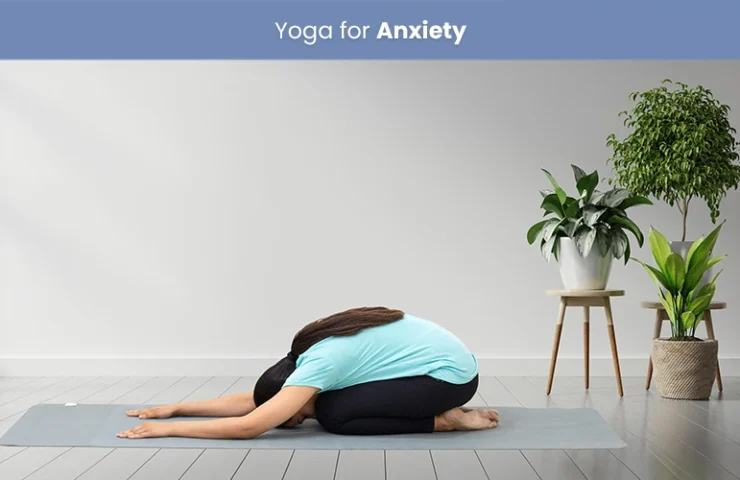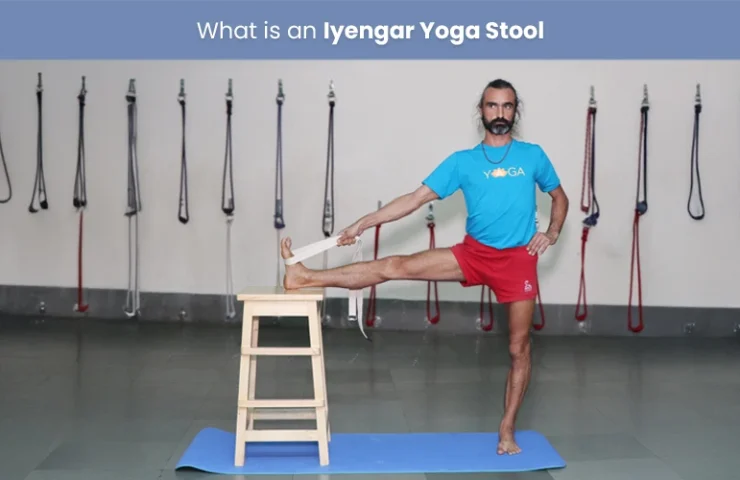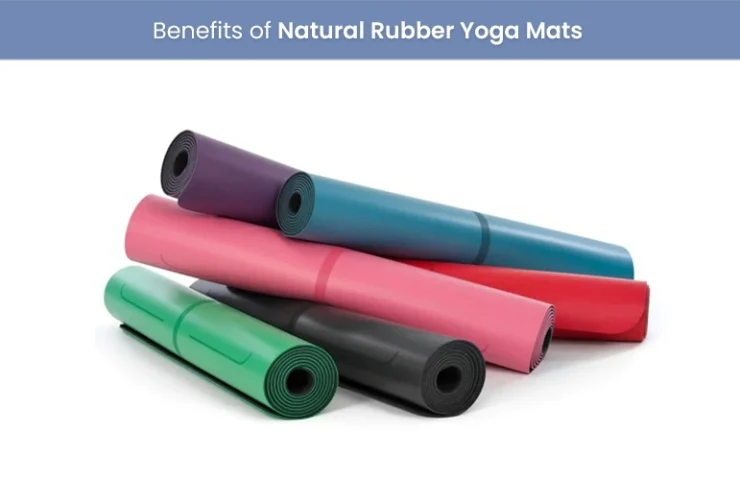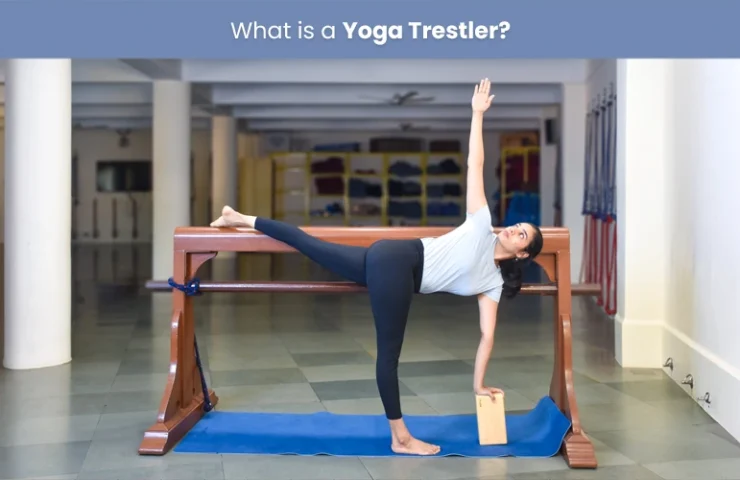A yoga belt, also known as a yoga strap, is a versatile prop that can significantly enhance your yoga practice. Whether you’re a beginner or an experienced yogi, a yoga belt can help you deepen your stretches, improve alignment, and support your body safely.
History of the Yoga Belt
While the exact origins of the yoga belt are unclear, it’s safe to assume that it emerged as a practical tool for assisting yoga practitioners in achieving optimal postures. As yoga philosophy and practice evolved, so did the use of props, and the yoga belt became a staple in many yoga studios and homes.
Who Can Benefit from a Yoga Belt?
Yoga belts are suitable for yogis of all levels. Here’s who can particularly benefit:
- Beginners: Yoga belts can help beginners reach the floor in forward folds and seated poses, building confidence and flexibility.
- Individuals with limited flexibility: A yoga belt can assist in extending reach and deepening stretches without straining the body.
- People with injuries: Yoga belts offer a safe way to practice poses while recovering from injuries.
- Pregnant women: Yoga belts can provide support during pregnancy and help modify poses for comfort.
- Advanced practitioners: Yoga belts can be used to explore deeper variations of poses and challenge the body in new ways.
Benefits of Using a Yoga Belt
Incorporating a yoga belt into your practice offers numerous advantages:
- Improves flexibility: Yoga belts allow you to extend your reach, helping you lengthen muscles and increase flexibility.
- Enhances alignment: By providing support and guidance, yoga belts can help you maintain proper alignment in poses.
- Reduces strain: Using a belt can reduce strain on your body, especially when attempting challenging postures.
- Deeper stretches: Yoga belts enable you to deepen stretches without compromising form or safety.
- Increases confidence: By assisting in achieving poses, yoga belts can boost your confidence and motivation.
Types of Yoga Belts
Yoga belts come in various materials, lengths, and widths. Here are the common types:
- Cotton yoga belts: These are soft, comfortable, and absorbent.
- Nylon yoga belts: Known for their durability and strength, nylon belts are often adjustable.
- Buckled Yoga Belt: This type features a metal or plastic buckle for adjusting the length. It offers precise adjustments but can be less convenient for quick adjustments.
- D-Ring Yoga Belt: Similar to a buckled belt, a D-ring belt allows for adjustable length but with a different closure mechanism.
- Elastic Yoga Belt: Made from elastic material, this type offers flexibility and ease of use but might not provide as much support as non-elastic options.
- Loop Yoga Belt: This belt has loops at both ends for adjusting the length. It’s simple to use and offers a variety of grip options.
How to Choose the Right Yoga Belt
When selecting a yoga belt, consider the following factors:
- Length: Ensure the belt is long enough to accommodate your height and desired poses.
- Width: A wider belt may provide more support, while a narrower belt offers more precision.
- Material: Choose a material that suits your preferences and practice style.
- Buckle or loop closure: Decide whether you prefer a buckle or loop closure based on your ease of use.
Yoga Poses with Yoga Belts
Yoga belts can be used to assist in a variety of poses. Here are some examples which are further divided into the following:
Basic Yoga Belt Poses
Yoga belts can be used to assist in a variety of poses. Here are a few examples:
- Standing Forward Fold Pose (Uttanasana): Loop the belt around the soles of your feet and hold the ends to deepen the stretch.
- Triangle Pose (Trikonasana): Use the belt to reach your hand towards the floor or to support your arm in an extended side bend.
- Seated Forward Fold Pose (Paschimottanasana): Loop the belt around the soles of your feet and hold the ends to assist in lengthening the spine.
- Low Lunge Pose (Anjaneyasana): Place the belt around the back foot for support and to deepen the stretch.
Advanced Yoga Belt Poses
For more experienced practitioners, a yoga belt can be used to explore deeper variations of poses:
- Shoulder Stand Pose (Sarvangasana): Use the belt to support the lower back and enhance stability.
- Plow Pose (Halasana): Place the belt around the feet for added support and to deepen the stretch.
- Warrior II Pose (Virabhadrasana II): Use the belt to connect your hands and create a deeper twist.
- Bound Angle Pose (Baddha Konasana): Place the belt around the soles of your feet and gently pull to increase the stretch.
Care and Maintenance for Yoga Belt
To prolong the life of your yoga belt, follow these care tips:
- Hand wash or machine wash on a gentle cycle.
- Air dry to prevent shrinkage and damage.
- Store your yoga belt in a cool, dry place.
- Avoid using harsh detergents or bleach.
Conclusion
A yoga belt is a valuable tool that can enhance your yoga practice in countless ways. By understanding its benefits, choosing the right belt, and incorporating it into your routine, you can deepen your stretches, improve alignment, and cultivate a more fulfilling yoga experience. Remember, consistency is key, so use your yoga belt regularly to reap the full rewards.






0 Comments for “What is a Yoga Belt? Your Essential Practice Companion”